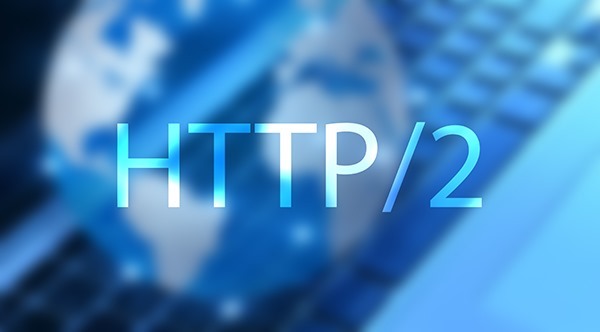The world has become accustomed to major technological advances happening every year. It’s taken for granted that the new iPhone’s capabilities will dwarf last year’s model and the new Windows OS will easily overshadow its predecessor.
It’s understandable then when a major update to the hypertext transfer protocol (HTTP) was announced, people grew excited about what it would mean for the way websites work. After all, HTTP/2 would be replacing a version of HTTP that had been in use since 1999. No one could be blamed for thinking HTTP/2 would be the hoverboard of internet protocols.
What’s new with HTTP/2
The hypertext transfer protocol controls how web browsers communicate with web servers, as well as how websites are rendered within web browsers. What HTTP/2 essentially offers is better performance and reduced bandwidth usage, which largely translates to improved page load time.
This update to HTTP was necessary, as when HTTP was first developed, websites didn’t use Flash, JavaScript, CSS and the like. Developers have had to use workarounds for these elements, which will no longer be necessary with HTTP/2. Domain sharding, which is a technique for splitting resources across multiple domains in order to improve page load time, will also not be necessary.
HTTP/2 will provide:
Multiplexing, which enables multiple requests to pass over a single TCP connection, eliminating a need for multiple connections between client and server. This decreases the load on servers.
Stream dependencies, which allows the client to dictate to the server which resources are more important than others.
Server push, which allows the server to send resources to the client – resources that the client has not yet requested – but very likely needs.
Header compression, which is the data compression of the HTTP header to reduce overhead.
Binary code information transfer, which allows for a more efficient transfer of data. With HTTP, data was sent via text and the host would have to translate it through parsing, adding an extra step to the process.
What site owners need to do for HTTP/2
Leading browsers are already beginning to support HTTP/2, as are leading web servers. Site owners should prepare to take advantage of the benefits of HTTP/2, as there are many.
In short, no immediate preparation is needed for HTTP/2. Your websites and applications will continue to work properly, and likely better, performing more efficiently and consuming fewer resources.
However, there are a few things site owners need to keep in mind in order to get the most out of HTTP/2. Firstly, all the workarounds developers have used to have design elements like Flash animation and CSS working optimally on HTTP are no longer necessary, and should be undone. Domain sharding should also be stopped. Not only are these workarounds unnecessary, but they may cause sub-optimizations.
You should also consider encrypting your content, as most major browsers have stated they will only use HTTP/2 if the website uses transport layer security (TLS). Users will still be able to access unencrypted sites; the browser will simply revert to HTTP, therefore negating the HTTP/2 benefits.
You’ll want to watch for HTTP/2-related updates to your monitoring tools. HTTP/2 is binary; it will no longer allow system analysts to go through processes line by line for troubleshooting purposes. Plain text debugging will no longer be possible.
How good is HTTP/2 for website optimization?
When the list of advantages of HTTP/2 became public, people were understandably enthused about what it meant for website optimization. However, that enthusiasm soon led to site owners speculating that they could do away with their content delivery networks (CDNs).
This is not the case. A CDN’s global network of servers ensures that your website’s users are always redirected to the server nearest their location. Having short distances between your users and servers will do more for page load time than any of the improvements offered by HTTP/2. The combination of a CDN’s global servers and HTTP/2’s web content format improvements will give the end user the best possible load times and browsing experience.
Additionally, CDNs offer benefits that have nothing to do with page load time or HTTP/2. Having a CDN’s network of servers ensures load balancing, making your website more reliable. A premier CDN will also provide security, including protection from DDoS attacks.
In short
HTTP/2 is a great thing. It’s going to improve your website’s performance, speeding up page load times for users and reducing the resources consumed as well as the load on your servers. While there’s really nothing you need to do in order to keep your website and applications working with HTTP/2, there are things you can do to optimize your website’s performance with HTTP/2, including either continuing to use your CDN, or investing in a CDN if you don’t already have one.
About the Author
 Patrick Vernon is a freelance writer, specialising in business and Tech related content. Patrick has gained experience writing for a variety of magazines and websites, researching the latest internet security tips and offering his advice to the public.
Patrick Vernon is a freelance writer, specialising in business and Tech related content. Patrick has gained experience writing for a variety of magazines and websites, researching the latest internet security tips and offering his advice to the public.


